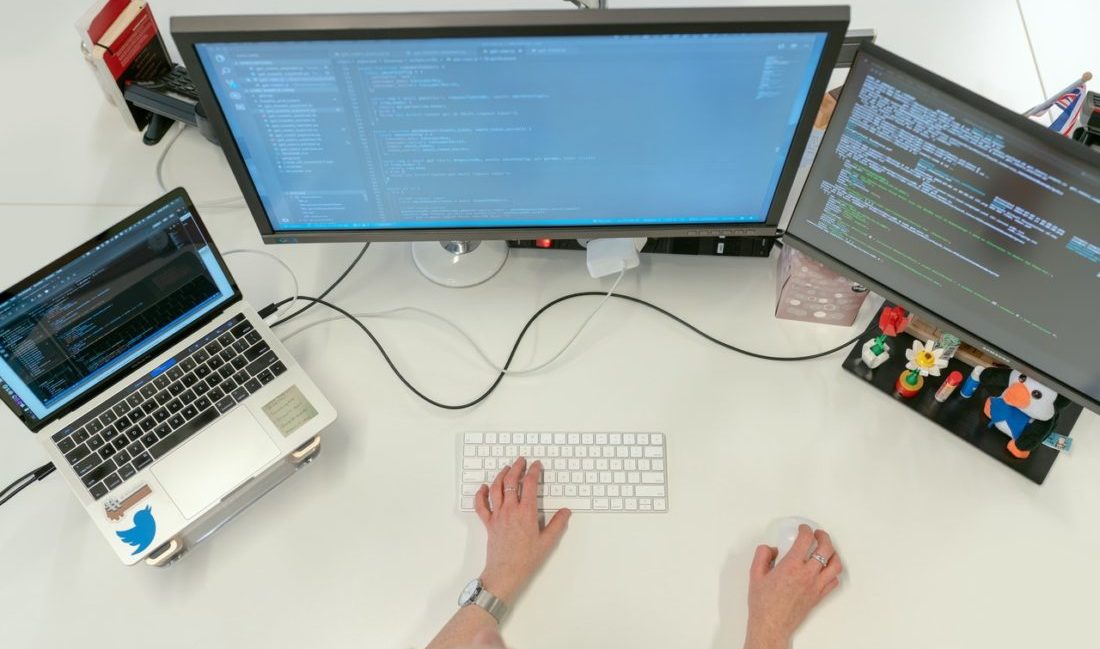M+E Daily

ICVR, Perforce at EES: Helix Core Can Improve Collaboration on Real-Time Projects
Story Highlights
Perforce’s Helix Core version control software can be used by media and entertainment companies to improve collaboration on real-time projects, according to the software company and software development studio ICVR.
“Virtual production is still something that is … being figured out,” Katie Cole, gaming evangelist and director of product marketing for Helix Core at Perforce, she said Sept. 21 at the Entertainment Evolution Symposium (EES).
“It’s not necessarily always the most cost effective way to do a production but there are many other benefits that make it so,” she told attendees during the Workflow, Awards & Insights breakout session “Case Study: Improving Collaboration on Real-Time Projects with Perforce Helix Core.”
“We are trying to find technologies, we’re trying to find improvements, best practices to help make it the best way to do production in the future,” she added.
She noted that Chris Swiatek, chief of product at ICVR, is one of Perforce’s partners and has worked on many virtual productions across different projects.
 During the session, the creators of Perforce U College of Virtual Production discussed how Helix Core was used on various real-time projects, including CG animation, in-camera VFX and live events. The conversation included an explanation for why certain projects used Perforce Helix Core, how the versioning tool was used, and how the project turned out.
During the session, the creators of Perforce U College of Virtual Production discussed how Helix Core was used on various real-time projects, including CG animation, in-camera VFX and live events. The conversation included an explanation for why certain projects used Perforce Helix Core, how the versioning tool was used, and how the project turned out.
ICVR was founded about six years ago, initially as a gaming studio,” according to Swiatek. Although “we make a lot of games but also our services have kind of expanded to include really anything that’s done with game engines, including
Unity and Epic’s Unreal Engine
Since its early days, ICVR has “become heavily involved in the virtual production space in the last couple years,” he noted.
What ICVR mainly does is 3D art and assets, along with engineering services, “primarily on the pipeline tooling side, as well as some other various production services,” he told attendees.
“One of our big focuses lately has been on full CG animation,” he went on to tell attendees. “One of the things that we’ve been working on a lot internally and still in production is a CG short film that we call Light Fall. And the goal of this was to expand the tooling that we built around virtual production and really explore what that asset workflow looks like when you’re moving stuff in and outside of Unreal,” he said.
“Another big vertical of ours is on the experiential and live event side,” he noted, saying “one of our other big projects in that space lately was the opener for the 2022 show in Vancouver, which was a really cool project to work on.”
The Entertainment Evolution Symposium (EES) was presented by the Pepperdine Graziadio Business School Institute for Entertainment, Media and Sports (IEMS) and the Hollywood IT Society (HITS) and was sponsored by Iron Mountain, Signiant, Whip Media, Atos, Fortinet, FPT Software, invenioLSI, Perforce, Vision Media, and EIDR.









